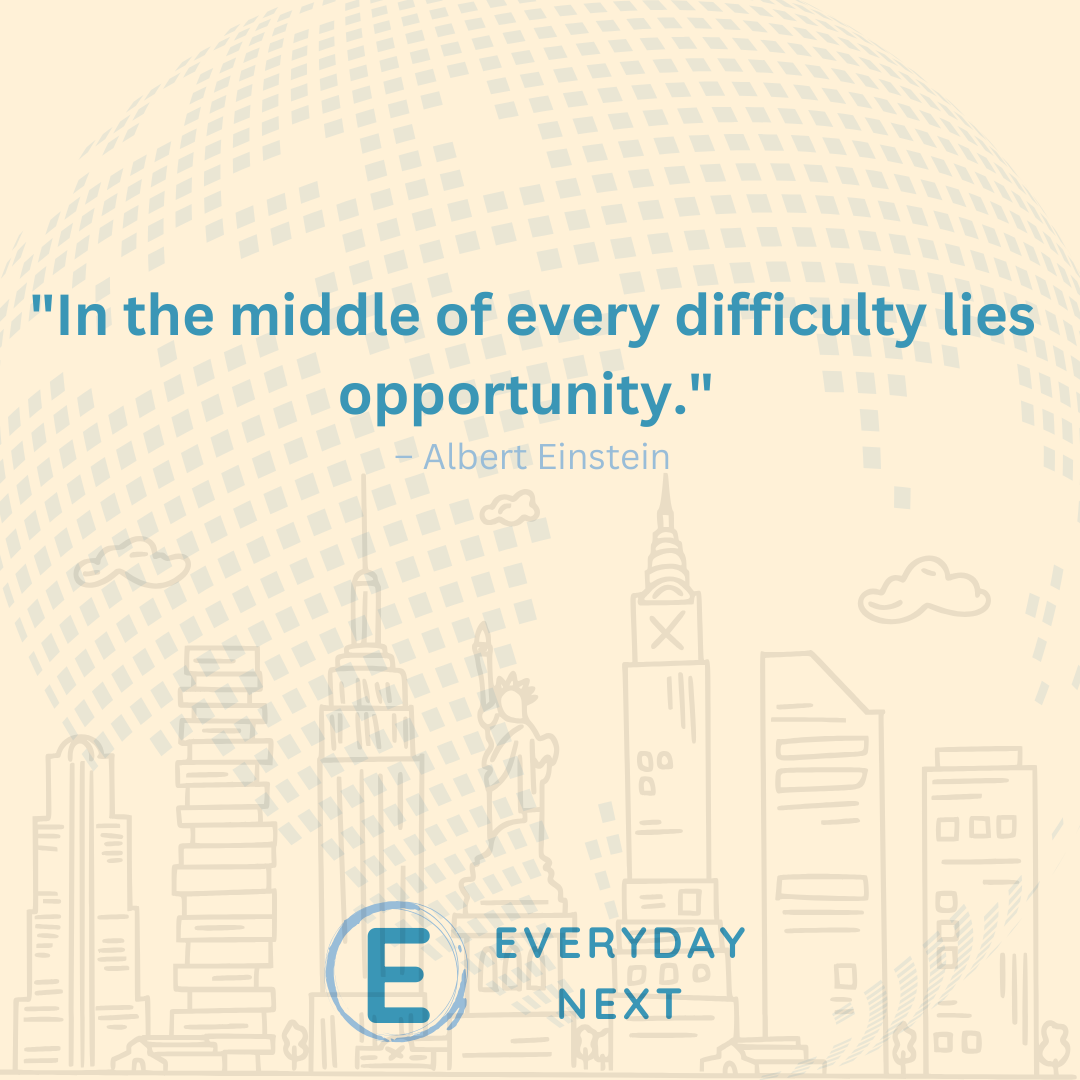
Gen Z’s “Soft Saving” Trend: Redefining Wealth for a New Generation
For years, money advice sounded the same. Save more, spend less, plan for retirement. But now, a new generation is changing that. Gen Z is doing things differently. They are choosing balance over strict savings. They are calling it Soft Saving. This trend is not about ignoring the future. It’s about living better today while still thinking ahead. In 2025, soft-savings are gaining ground. It’s changing how young people view wealth, success, and financial peace. In this article, we’ll explore what soft-saving means, why Gen Z prefers it, and how it may reshape money habits for years to come.
What is Soft Saving?
Soft-saving means saving money in a flexible, less strict way. It’s not about cutting every coffee or avoiding fun. Instead, it’s about saving slowly while still enjoying life now. This trend doesn’t follow the old rules. Gen Z believes life is short, prices are high, and experiences matter. So instead of saving 30% of every paycheck, they might save 10% and use the rest for travel, hobbies, or wellness. Soft-saving is not careless. It’s thoughtful. It says, “I care about the future, but I also care about living today.”

Why Gen Z Is Choosing Soft Saving
There are many reasons why Gen Z is turning to soft saving in 2025.
- High cost of living: Rent, food, and education are expensive. Saving large amounts feels hard.
- Mental health focus: Gen Z values rest, joy, and balance. They avoid stress from tight budgets.
- Different goals: Many don’t want to buy a home soon or retire early. Their goals are more fluid.
- Job uncertainty: With gig jobs and layoffs common, soft-saving feels more realistic.
- Social values: Gen Z often spends on causes, friends, and wellness, not just savings.
This new mindset is reshaping how saving looks. And it’s becoming more accepted across the world.
Real Example: Maya’s Story of Balance
Maya is a 25-year-old graphic designer. She earns a Steady Income and uses a simple budget. She saves 10% for her future. But she also sets aside money for weekly yoga, healthy food, and short trips. She used to feel guilty for not saving more. But after learning about soft-saving, she feels at peace. She’s not ignoring her future. She’s just enjoying her present too. Maya’s story is common. Many Gen Z workers say the same: “I want freedom now, not just someday.” This is the heart of the soft-savings mindset.

How Soft Saving Impacts Traditional Finance
Soft savings is shaking up how banks, advisors, and apps talk about money. In the past, the message was clear: save now, enjoy later. But Gen Z wants tools that reflect their values. They want budgets with room for joy. They want advice that says it’s okay to pause, breathe, and spend mindfully.
Because of soft-savings, many Financial Apps now include:
- Wellness spending trackers
- Flexible goal setting
- Savings tips that allow for fun
- Mindful money plans instead of strict rules
Financial companies are learning that soft saving is not a phase. It’s a shift. And they must adapt to stay relevant.
Can You Still Build Wealth with Soft Saving?
Yes, soft savings can still help you grow your money over time. The key is to be mindful, not careless. Even if you save a smaller amount, like 10 to 15 percent each month, it can add up. Using automatic transfers makes it easier, because the money moves to your savings without you having to think about it. You can also keep a separate fund just for fun or wellness. That way, you enjoy life without touching your long-term savings. When you have extra money, you can invest it in Long-Term Plans.
This could include retirement funds or low-risk investments. Another smart step is to avoid debt as much as possible. Debt can slow down your savings and add stress. With soft saving, you don’t need to be perfect or extreme. Small, steady steps are enough. This approach helps you stay consistent and avoid burnout while still building real wealth over time.

Tips to Make Saving Work for You
If you want to try soft saving, here are some easy ways to start:
- Set a base goal: Choose a small amount to save each month.
- Track your joy spending: See what makes you happy and cut what doesn’t.
- Be honest with yourself: Don’t skip saving completely. Just make it work for your life.
- Use tech tools: Apps like YNAB or Mint can help balance saving and spending.
- Review often: Life changes fast. Adjust your plan as needed.
Soft saving works best when it fits your real life. It’s not about perfect budgets. It’s about progress and peace of mind.
Conclusion: The Power of Soft Saving
Soft saving is not about giving up. It’s about choosing a kinder, smarter way to save. Gen Z is showing the world that wealth is not just money in the bank. It’s also health, time, and peace. In 2025, soft saving is helping people Avoid Burnout and stay on track. It’s teaching us that you don’t need to choose between joy and planning. You can have both. If you want to feel good about your money and your life, soft savings might be the perfect path forward.
FAQs
1. What is soft saving?
Soft saving means saving money in a flexible, less strict way while enjoying life today.
2. Why is Gen Z choosing soft savings?
They value mental health, flexible goals, and a better work-life balance.
3. Can I still build wealth with soft savings?
Yes. Saving smaller amounts over time can still grow your money.
4. How is soft saving different from traditional saving?
Traditional saving focuses on strict rules. Soft saving allows more room for daily joy.
5. What tools help with soft saving?
Budget apps, goal-setting tools, and auto-transfers all support the soft saving lifestyle.











